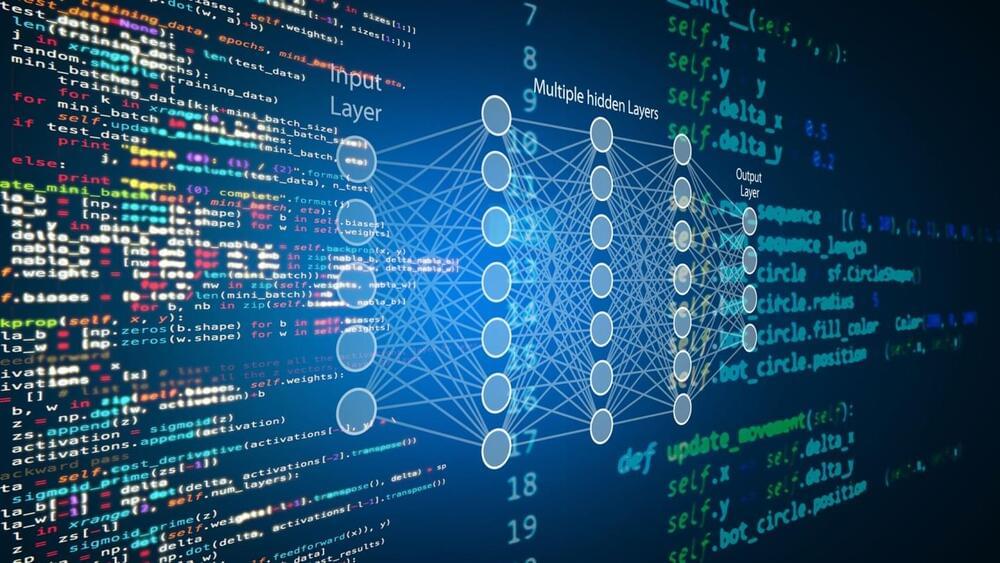A new smart skin developed at Stanford University might foretell a day when people type on invisible keyboards, identify objects by touch alone, or allow users to communicate by hand gestures with apps in immersive environments.
In a just-publish paper in the journal Nature Electronics the researchers describe a new type of stretchable biocompatible material that gets sprayed on the back of the hand, like suntan spray. Integrated in the mesh is a tiny electrical network that senses as the skin stretches and bends and, using AI, the researchers can interpret myriad daily tasks from hand motions and gestures. The researchers say it could have applications and implications in fields as far-ranging as gaming, sports, telemedicine, and robotics.
So far, several promising methods, such as measuring muscle electrical activities using wrist bands or wearable gloves, have been actively explored to enable various hand tasks and gesturing. However, these devices are bulky as multiple sensory components are needed to pinpoint movements at every single joint. Moreover, a large amount of data needs to be collected for each user and task in order to train the algorithm. These challenges make it difficult to adopt such devices as daily-use electronics.



